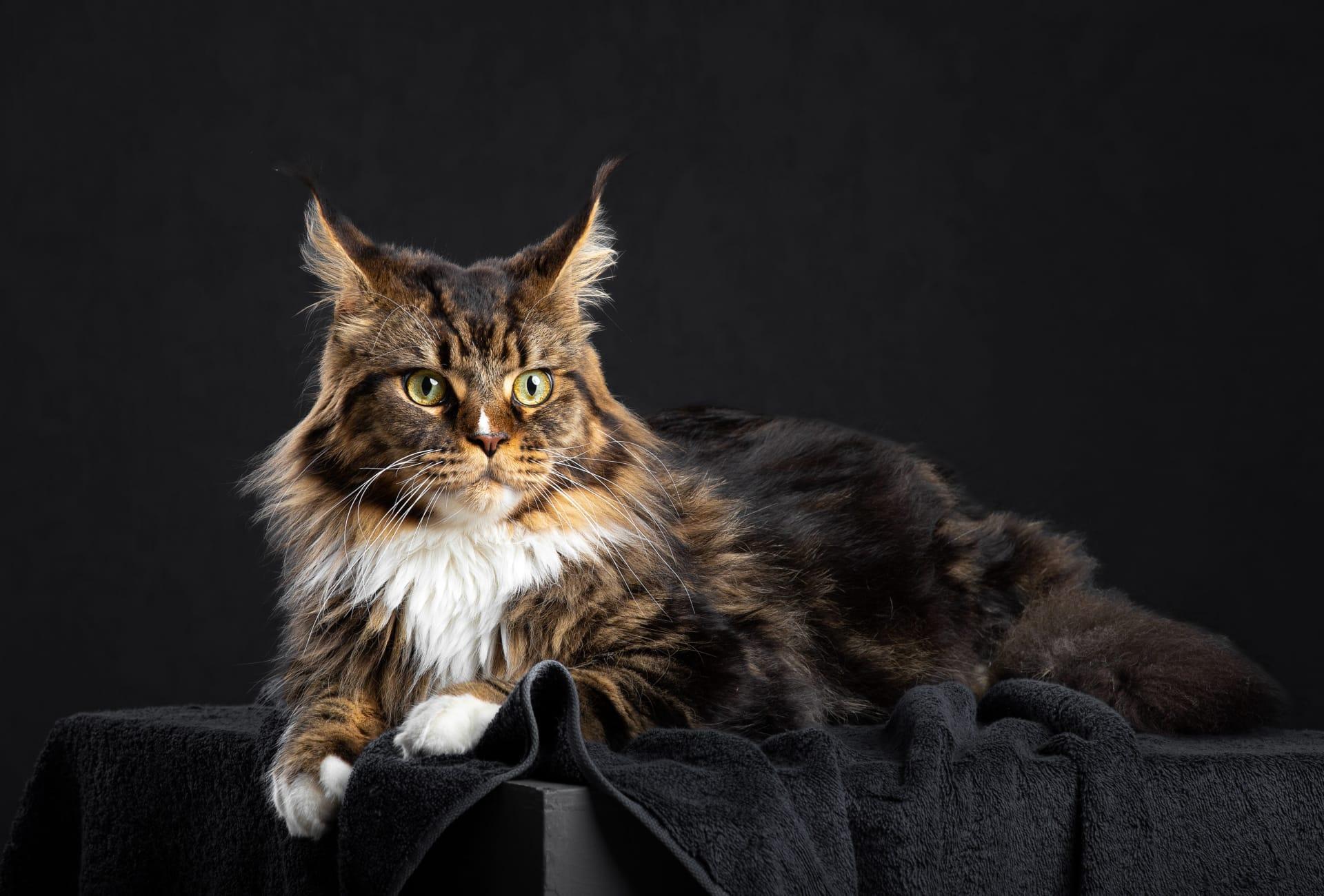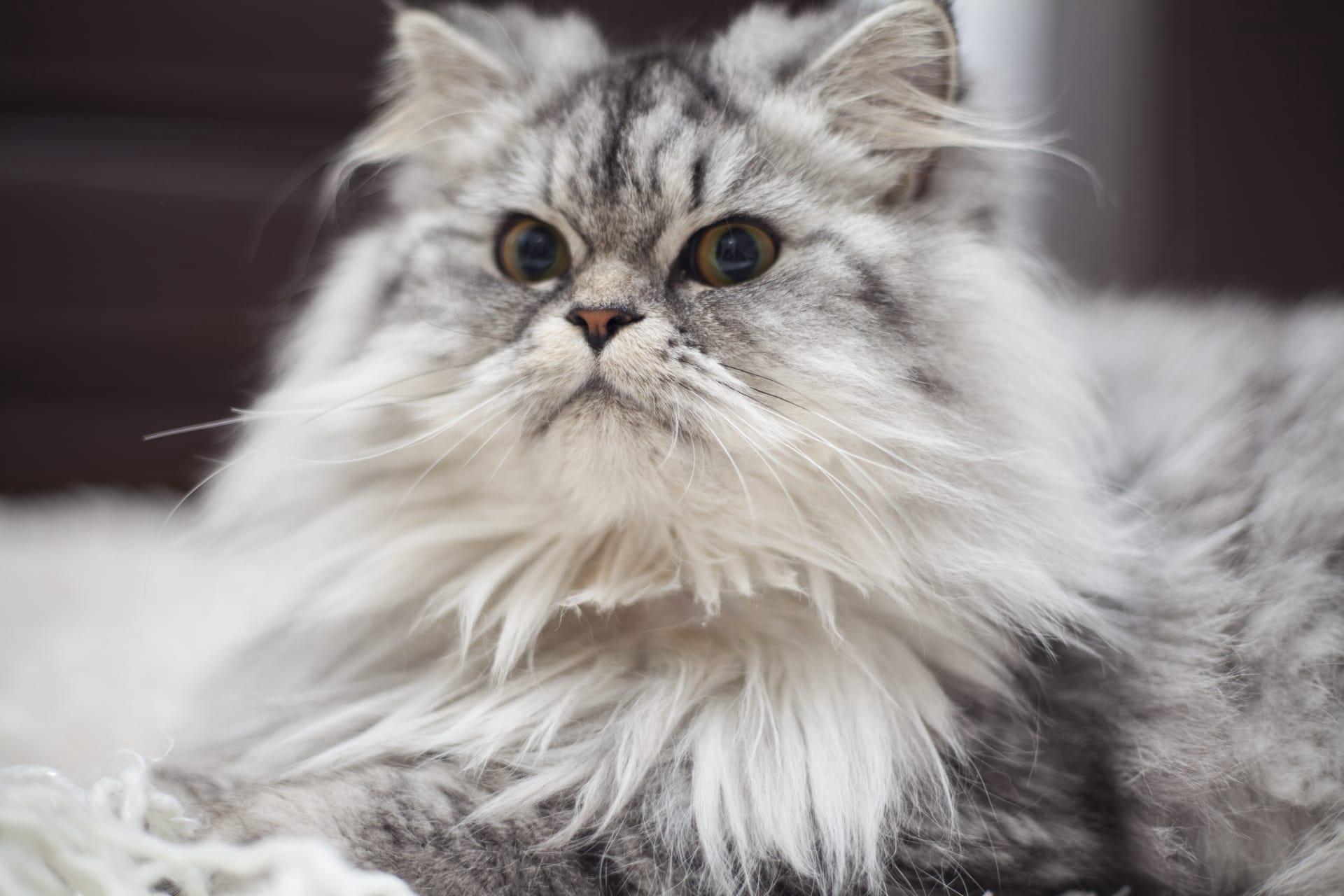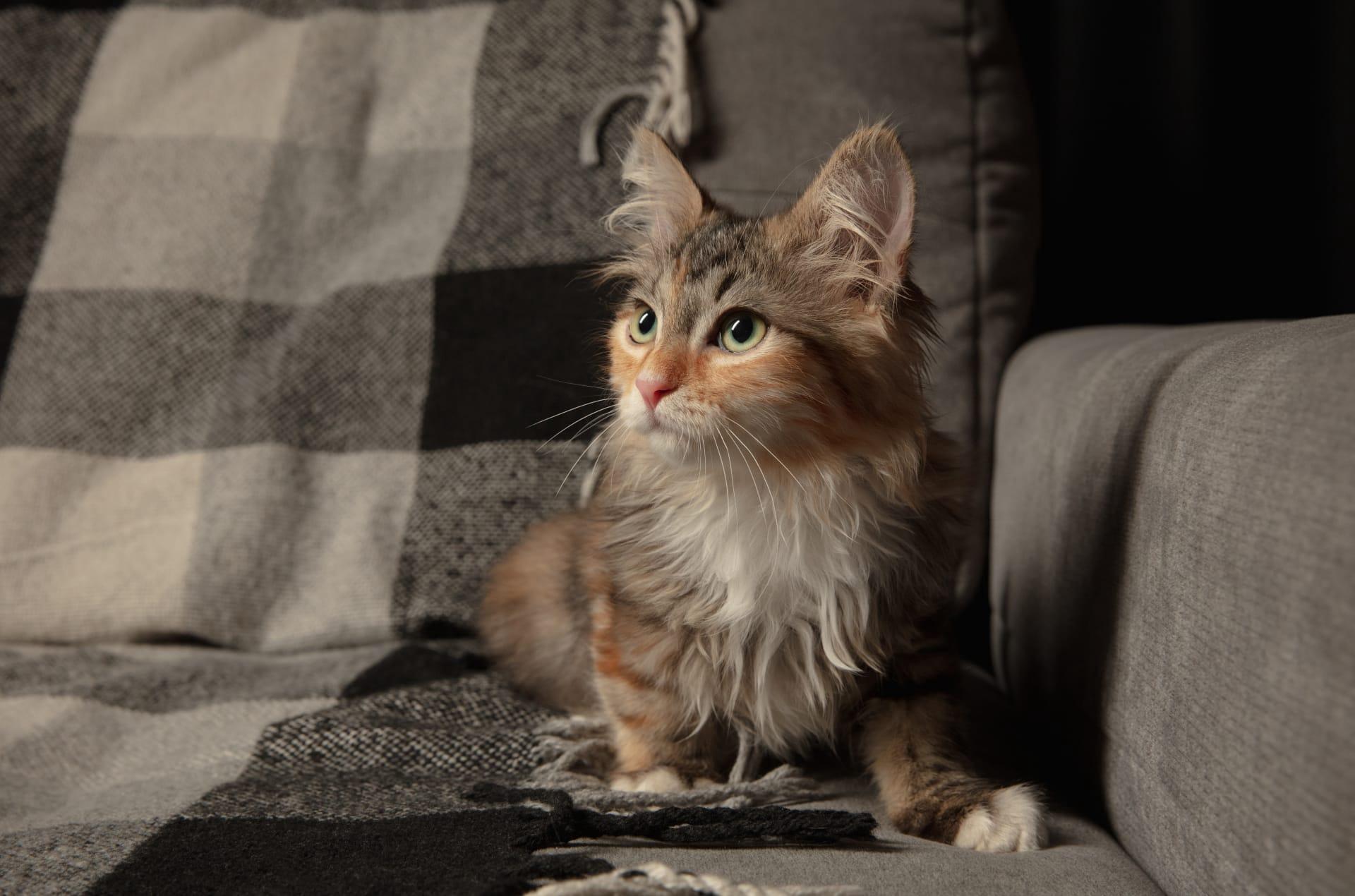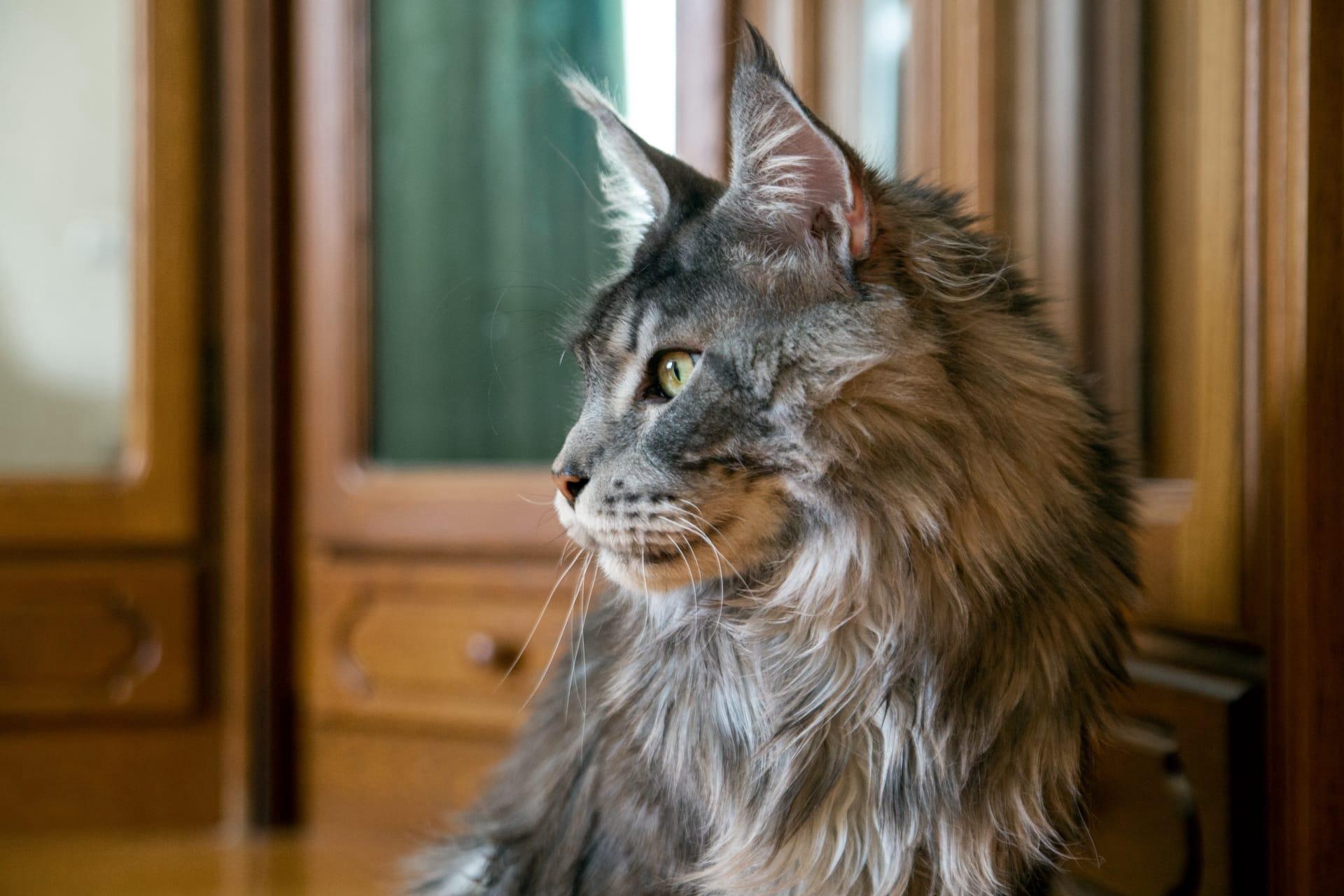Maine Coon Cat Characteristics
- Home /
- Mini Encyclopedia /
- Animal /
- Maine Coon Cat Characteristics
1
Maine Coon Cats, recognized for their majestic size, are among the largest domesticated breeds, with males typically weighing between 13 to 18 pounds (5.9 to 8.2 kg), and females slightly smaller. These gentle giants can measure up to 40 inches (102 cm) in length, including their long, bushy tails which contribute significantly to their length. Their lifespan is impressive too, with a healthy Maine Coon often living between 12 to 15 years, and sometimes even longer with proper care. These cats are adorned with a thick, water-repellent coat, large paws that act as snowshoes in winter, and tufted ears that protect against cold, embodying adaptations to their native New England climates.
The most distinctive organ of the Maine Coon is arguably its tail. Comparable in appearance to that of a raccoon's, this tail is not just for show. It serves a crucial role in the cat's survival in cold environments, allowing it to wrap around its body for warmth. The fur on the tail is dense and long, providing an excellent insulating blanket against the harsh winters. This feature is a testament to the breed's adaptability and resilience in the face of challenging weather conditions, showcasing the Maine Coon's evolutionary success.

2
Question: Why do Maine Coon Cats have such large ears with tufts on the tips?
Answer: Maine Coon Cats' large, tufted ears are not just a striking feature; they play a vital role in their survival. The size of the ears enhances their ability to detect even the slightest sounds, which was crucial for their ancestors in hunting and survival in the wilds of North America. The tufts of fur at the tips, often likened to those of a lynx, help in minimizing heat loss and protecting the inner ear from snow and rain. This adaptation is particularly beneficial for a breed that evolved in the northeastern United States, where the climate can be harsh and unforgiving.

3
Maine Coon Cats are known for their playful and active nature. Despite their size, they are quite agile and enjoy engaging in physical activities like climbing and chasing. These cats are not just ground dwellers; they are adept at leaping to high places and have a curious disposition that drives them to explore their environment thoroughly. Their muscular build enables them to perform impressive feats of athleticism, making them entertaining companions.
When it comes to feeding, Maine Coon Cats have a hearty appetite to match their size. They benefit from a diet that's high in protein to sustain their muscle mass and energy levels. It's important to manage their food intake carefully to prevent obesity, especially since they can be less active indoors. Feeding them meals that mimic their natural diet, including wet food and occasional raw or cooked meats, can help maintain their health and vitality. Regular feeding schedules and portion control are key to keeping a Maine Coon healthy and satisfied.

4
The natural habitat of the Maine Coon Cat, originally, was the rugged and cold northeastern United States, specifically Maine, where they were well-adapted to the dense forests and variable weather conditions. This breed is highly adaptable, however, and can thrive in various environments, provided they have enough space to roam and explore. Indoor environments should include climbing structures and interactive toys to stimulate their physical and mental health.
Reproduction in Maine Coon Cats reflects their overall robustness and genetic diversity. They reach maturity at about 4 to 5 years of age, which is slower compared to other domestic cat breeds. This slow growth rate contributes to their large size and longevity. Females typically have one to two litters per year, with each litter containing three to five kittens. Breeders of Maine Coons often emphasize health and temperament in their breeding programs, ensuring the continuation of the breed’s notable characteristics and adaptability.

5
Book: "The Majesty of Maine Coons" by Elizabeth Martin, published in the United States in 1998. This book offers a comprehensive overview of the Maine Coon Cat breed, covering its history, physical characteristics, and temperament. Martin delves into the breed's origins in New England, exploring the folklore and factual history that surround these majestic cats. The book also provides practical advice on care, health issues, and breeding, making it an essential resource for both Maine Coon enthusiasts and prospective owners.
Book: "Maine Coon Cats: A Complete Pet Owner's Manual" by Carol Himsel Daly, DVM, published in the United States in 2005. This guide offers detailed information on the care, feeding, and health of Maine Coon Cats. Daly, a veterinarian, provides insights into the specific needs of this large breed, from dietary requirements to common health concerns.